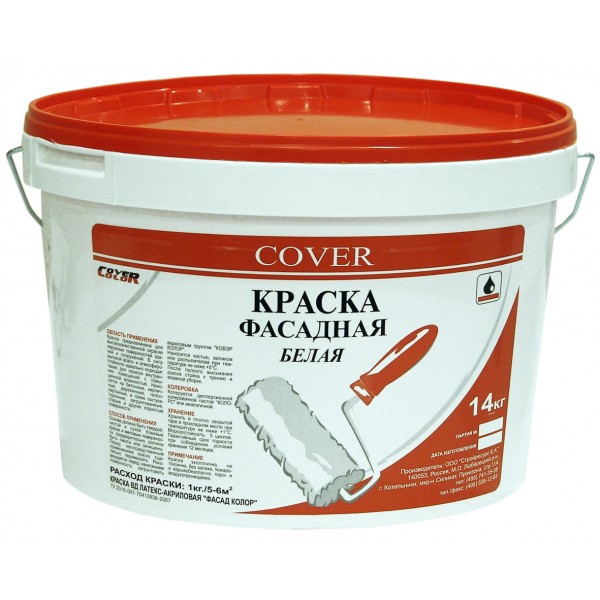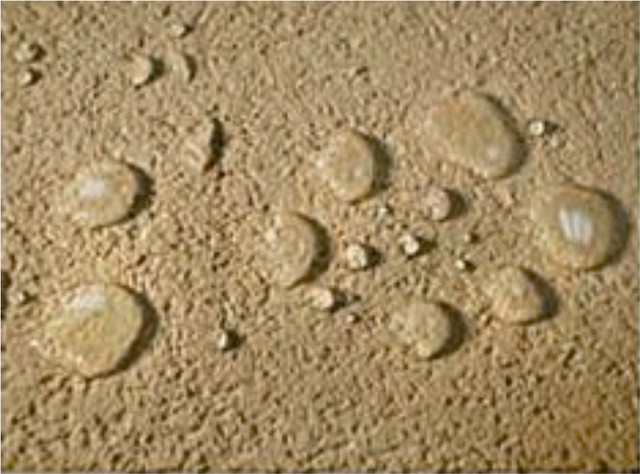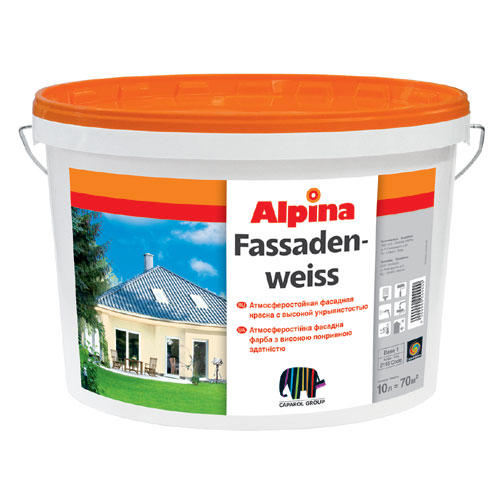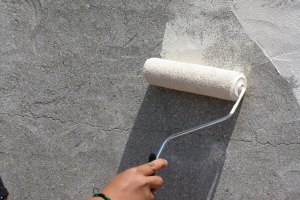Plaster is an integral part of any facade, and it still remains in construction. However, for all its functional qualities, it looks rather unsightly outwardly, remaining a gray and ugly mass. And to correct this defect will help painting facades on plaster, which will immediately give the whole building a bright and interesting appearance.
All about paints
Interestingly, speaking of facade painting materials, it is possible to emphasize not only the color change that they carry for the exterior, but also positive practical points for the walls of any structure.

After all, high-quality paint for facade plastering allows you to preserve and increase all the positive aspects of the plaster layer, and these include:
- Strengthening the moisture resistance of the walls, which always has a positive effect on the duration of the structure's operation.
- Hygroscopicity. The material does not close the pores of the base of the walls of the house, therefore, steam removal from the premises to the outside functions normally.
- The paint coat adds extra durability to the finish and is weather resistant.
- Strengthens the tolerance of the finish to temperature changes, increasing the frost resistance indicators.

- Resistance to the spread of fungus and microorganisms on the facade surface.
Important! The colors of the facade paint on plaster, thanks to a special color scheme, do not fade in sunlight, and the exterior design will be presented in bright colors for a long time.
Types
All main types of facade paint can be roughly divided into three types:
- Silicone.
- Acrylic.
- Silicate.

Moreover, each type has its own distinctive advantages.
So, for example, in acrylic and silicone paints, it can be noted:
- The almost complete absence of pungent odors, because the material is simply based on water.
- Painting can be carried out in already functioning premises, and not only at the time of completion of construction and finishing works.
- The lifespan of acrylic paint for outdoor use is about 10 years, and silicone paint is 2.5 times longer.
Important! The silicate paint is based on liquid glass, therefore it is recommended to work with it with greater care. But the silicate base of the material does an excellent job with the appearance of small cracks on the walls.

From the point of view of appearance, after application, the facade paint Bark beetle on plaster looks interesting. It is obtained in the form of eaten bark of a tree, from which its name comes, but in practice, there is simply a small grain in the paint and varnish material, which is responsible for the effect of the bark beetle.
Application
Naturally, the instruction for painting external walls always presupposes the complete completion of the main construction and installation work at the facility. That is, the roof should already be installed, windows and doors installed, slopes and window sills made, all the necessary communications carried out.
There are also requirements for weather conditions and they must be met:
- The air temperature should be stable and positive.
- The average daily temperature at the time of work should not be lower than 10 C.
- Do not apply paint during or after rain.
- The wall surface must be completely dry.
- It is not recommended to apply paint in hot weather, especially in direct sunlight.

Training
Preparation can begin by calculating the required amount of material. It is necessary to understand that increasing the consumption of facade paint on plaster can only be "hindered" by respect for the material and the correct calculation of the area.
On average, 1m2 of plaster can take up to 300 grams of paint, respectively, 1 liter is enough for an average of 3-5 square meters. Here an important clarification must be made right away, we are talking about the consumption when applying one layer! Accordingly, with the second or third layer, the flow rate will increase.
Naturally, paint is always purchased with a margin. The price of the entire facade increases from this, but the moment of getting into the color is important here, because if the paint is finished at the wrong time, then it will be quite difficult to get into the color and it will be too clearly noticeable on the facade.
After calculating the estimate, you can start preparing the surface. For this, the plaster is cleaned of dirt and dust. If there are oil stains on the walls, they must be removed without fail. Over time, oil will necessarily penetrate any finish.
If there are obvious defects, they can be corrected with your own hands with cement mortars or glue, after all, the paint will not hide everything.

Once all primers are dry, which takes several hours, paint can be applied.
Paint application
The technology of painting the facade on plaster involves three options for applying material to the surface of the walls:
- A simple brush. The method is suitable for a small area, plus the presence of forests is necessary if we are talking about a private two-story house.
- Roller. The most common method.
- Spray gun. With this method, paint is simply sprayed in a thin layer over the surface.
This is not to say that there is a best or most suitable technique, each method has its own advantages.

In terms of coloring rules, the following can be noted:
- All material is recommended to be applied at one time and without long interruptions.
- Painting goes from top to bottom to eliminate drips and drips on the finished surface.
- Paint application The bark beetle is carried out, and the grains in the material are responsible for the "eaten bark" effect.
Conclusion
Everything is good in facade paint, from practical use to appearance. The incredible ease of application () is also a huge plus.
All the positive qualities of the material will be shown in the video in this article, and together with the qualities it will be possible to "spy" on the practical use of paint.




